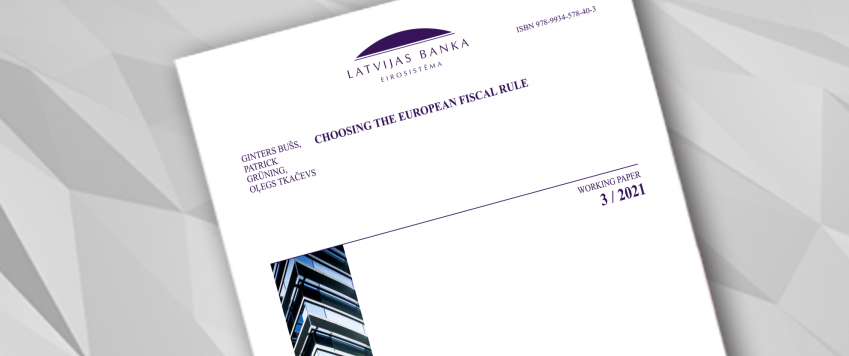Choosing the European Fiscal Rule
Working Paper 3/2021

Contributing to the ongoing discussions at the European Union level about the potential simplification of its fiscal framework, we evaluate the economic and public finance stabilization properties of two benchmark fiscal rules – the structural balance rule and the expenditure growth rule – using a New Keynesian small open economy model. If these fiscal rules are implemented one at a time, having just an expenditure growth rule tends to yield more stable macroeconomic outcomes, but more volatile public finances, as compared to having only a structural balance rule. Much of the quantitative differences in relative volatilities can be accounted for by the modifications of the public expenditure definition in the expenditure growth rule, in particular, the removal of debt service payments. Accounting for debt service payments in fiscal rules strengthens the monetary-fiscal policy interaction but it may turn vicious to macroeconomic stability at business cycle frequencies. Strong-enough debt correction for either fiscal rule contains public debt volatility at little expense to macroeconomic stability in the long run. The households' welfare gain from having the expenditure growth rule instead of the structural balance rule is 4% for a small country in a monetary union and 5% for a country with sovereign monetary policy.
Keywords: fiscal policy, DSGE, small open economy, fiscal-monetary policy interaction
JEL: E0, E2, E3, E6, F4, H2, H3, H6
Textual error
«… …»

